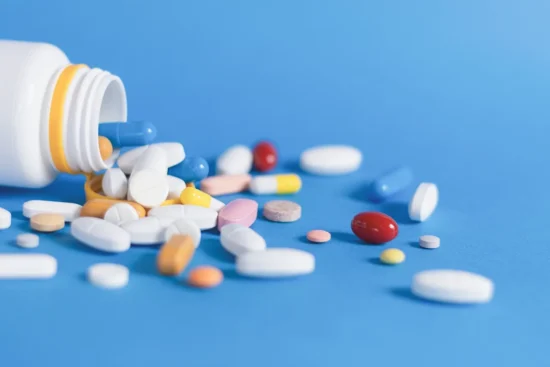From resistance to resilience: what could the future antibiotic pipeline look like?
Antimicrobial resistance (AMR) is a significant global health threat, with estimates suggesting that without reversing this trend, AMR could lead to 10 million deaths a year by 2050. To combat this, a continuous pipeline of innovative antibiotics is needed to treat patients with infections resistant to existing antibiotics. A new report by the International Federation of Pharmaceutical Manufacturers & Associations (IFPMA) reveals that the current antibiotic pipeline is insufficient to protect against increasing resistance. There have been only 10 new antibiotics or combinations approved by regulatory authorities between 2017 and 2023, with only 2 of them being defined as innovative by the WHO. There is currently only one antibiotic candidate in Phase III clinical trials across four bacterial pathogens defined as a critical priority by WHO. Only two of the seven high-priority pathogens have innovative candidate antibiotics in development. A new model developed by predictive health intelligence and data analytics experts from Airfinity predicts that without additional investment, the pipeline is expected to gradually decline, with 19 new antibiotics approved and a pipeline consisting of 72 treatments in different stages of clinical research. The report also highlights the potential population health benefits of a more robust pipeline of antibiotics, suggesting a significant reduction in the burden of resistant infections across four WHO critical priority pathogens.
AMR NEWS
Your Biweekly Source for Global AMR Insights!
Stay informed with the essential newsletter that brings together all the latest One Health news on antimicrobial resistance. Delivered straight to your inbox every two weeks, AMR NEWS provides a curated selection of international insights, key publications, and the latest updates in the fight against AMR.
Don’t miss out on staying ahead in the global AMR movement—subscribe now!







